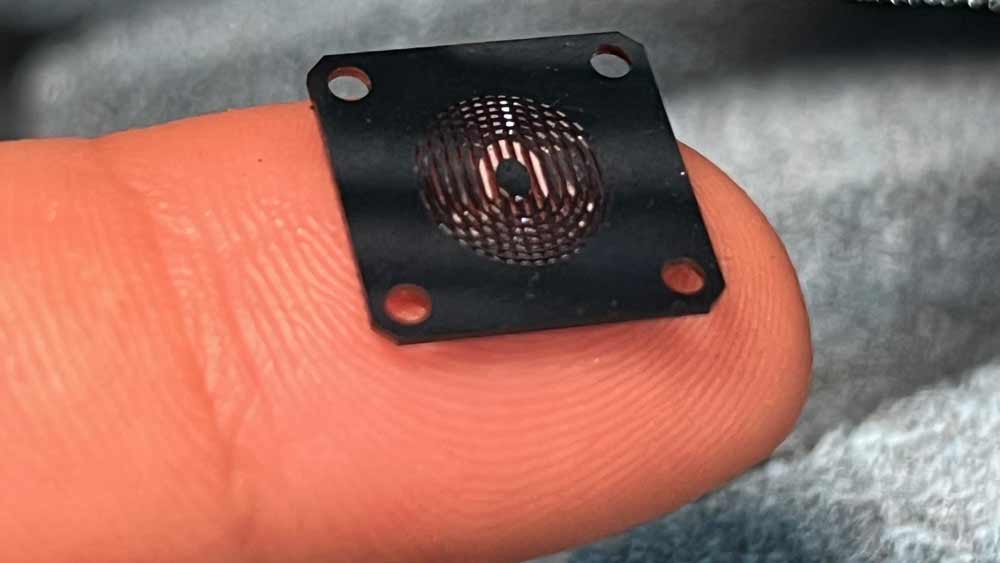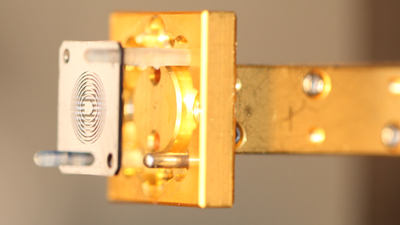Ultra-High-Speed Wireless Communication
– in new Antenna

Have you ever wondered how we might achieve ultra-high-speed wireless communication or next-level radar systems? The answer lies in the terahertz (THz) frequency range.

Ultra-high-speed wireless communication in the frequency range that extends from 0.3 to 3 THz (terahertz) is now possible, states a new paper by Alireza Madannejad, PhD student at KTH.
"These frequencies hold immense potential, but we need specialized high-gain antennas to fully unlock their capabilities to counteract signal loss and extend transmission distances," says Madannejad. He continues, "Designing antennas for these frequencies presents unique challenges due to the short wavelengths involved, making precision and miniaturization critical."
Development of a pioneering antenna
Recent innovations have led to developing a groundbreaking antenna that operates between 500 and 750 GHz, offering remarkable performance in a compact form. This new antenna leverages a silicon-micromachined elliptical Fresnel zone plate lens (FZPL), a novel design that allows for wideband operation and circular polarization (CP) without the need for additional phase-compensating components. Circular polarization is particularly beneficial as it supports polarimetric imaging and improves signal quality in complex environments.
One of the key advantages of this design is its high gain, measured between 24.3 and 25.7 dB across the entire 250 GHz band. This means the antenna can effectively propagate electromagnetic power, making it ideal for THz applications where signal strength is crucial.
The small format provides superior performance.
Another essential feature is the antenna's compact size. Measuring just 8.25 x 7.62 mm and only 526 µm thick, it can be easily integrated with standard waveguide systems, making it practical for a wide range of applications.
Historically, designing high-gain antennas for the THz range has been difficult. Many attempts have failed due to fabrication techniques and bandwidth limitations. However, this new approach simplifies the fabrication process while delivering superior performance.
"This innovative silicon-micromachined antenna represents a significant leap forward in THz technology. Its wideband operation, high gain, and circular polarization make it a promising solution for the next generation of wireless communications and radar systems. This antenna paves the way for more advanced and reliable THz applications by overcoming previous designs' challenges," Madannejad concludes.
For more details, read the paper:

High-Gain Circularly Polarized 500–750 GHz Lens Antenna Enabled by Silicon Micromachining.
Published in: IEEE Transactions on Antennas and Propagation ( Volume: 72, Issue: 5, May 2024)
Cowriters: Alireza Madannejad; Mohammad Mehrabi Gohari; Umer Shah; Joachim Oberhammer
Contact:
